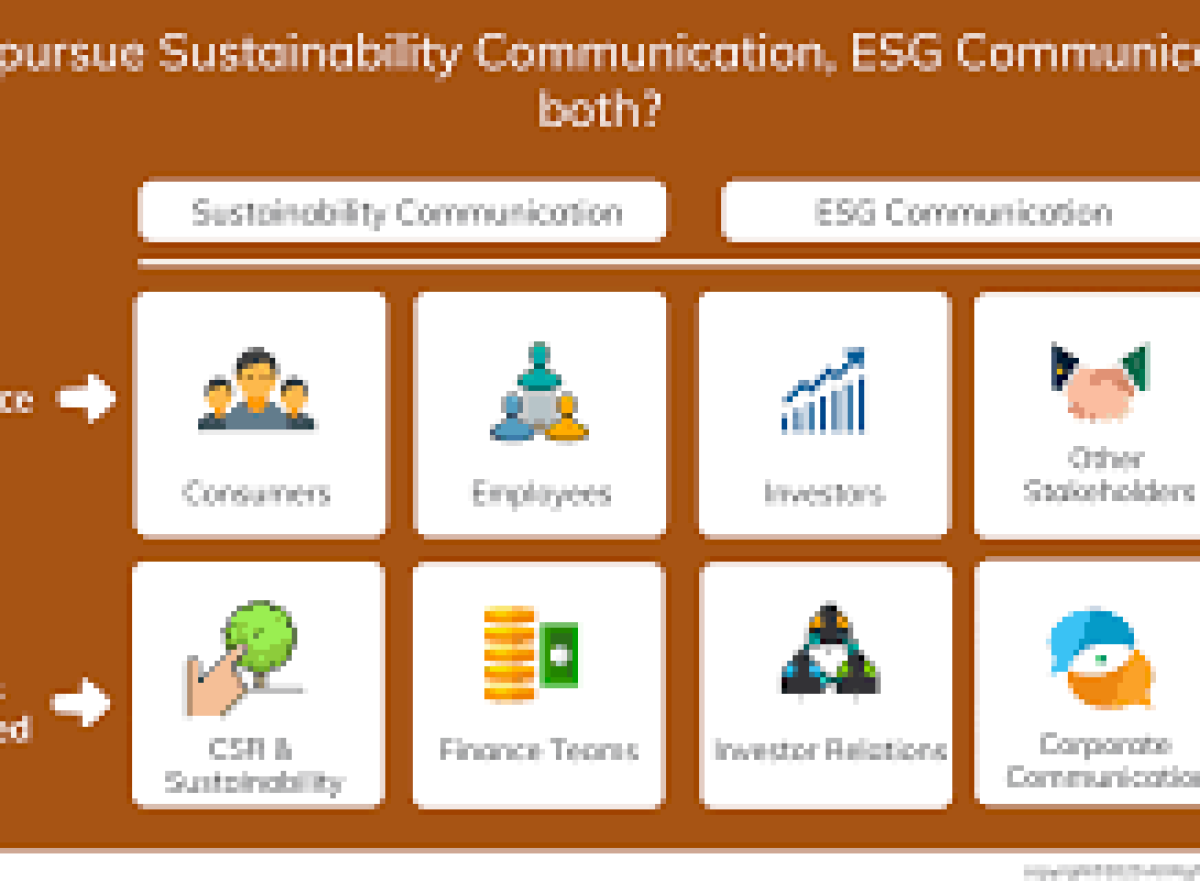07 September 2022, Mumbai:
All corporate stakeholders highly emphasize their commitments to the environment, society, and governance (ESG). These stakeholders, who range from investors to consumers, have made it plain that they want companies to be proactive in addressing ESG risks and opportunities as part of their entire business plan.
In reality, the demand from the stakeholders for business leaders to develop sustainability practices that benefit not just the bottom line but also have a more significant social impact has pushed this interest to a breaking point. Notwithstanding that the textile & apparel/garment sector is one of the biggest job creators and significant forex earners for most of the economies.
Long-term ESG vision
Studies that indicate stakeholders consider ESG accomplishments to be a crucial component of company performance support these demands. Businesses offering ESG more effectively are likely to perform better on traditional metrics. This is why ESG efforts are intensifying, and sustainability is integrating into all phases of the supply chain, from recycling garbage and using eco-friendly raw materials to training suppliers. This affects all industries, and the textile sector is no different.
How to get ESG right for the textile industry
Due to its longstanding reputation as a significant polluter, the textile sector is under pressure to become sustainable, enhance worker safety, and protect consumers' right to make informed decisions. The textile supply chain includes sourcing, production, processing, fabric maintenance, and packing, all of which generate hazardous effluents. All of this must be considered when creating and carrying out mitigation strategies.
Launching the Extended Producer Responsibility (EPR) program was a significant advancement. The regulation has elevated ESG requirements across industries and gives manufacturers a sizable financial and physical duty for collecting and disposing of post-consumer trash. This has shown us the importance of ESG innovation in addressing global sustainability issues.
Fast Fashion & ESG
The textile industry is changing. Fast fashion, which has come across & seen momentum, and uptake since the 1990s, is posed with greater scrutiny as lenders/investors and end-consumers in the ever-conscious globe weigh up the environmental cost of “disposable/use & throw” apparel/garments. The changing investor demands and consumer behaviour is driving a sustainable rise in the share of such apparel/clothes that ought to be manufactured in nothing short of sustainable ways.
Green compliance: Why anyone should invest
Companies are driven to push an agenda that puts sustainability, social good, and inclusiveness on the same level as profitability and growth by cultural and legislative forces. The necessity of utilizing corporate skills to address actual issues in the real world is essential to this strategy. The EPR is vital at the post-consumer stage as well. More & more manufacturers have gradually agreed to support a reverse collection system and recycling of post-consumer trash.
Greenwashing malaise
As per industry studies, Greenwashing is driving our descent into climate catastrophe. The environment gains by recovering the resources embedded in the garbage and reintroducing them into the system. Additionally, it guards against the terrible practice of "greenwashing," in which a business portrays itself as environmentally conscientious only for marketing purposes while failing to have an impact through its sustainability initiatives.
Carbon Footprint of Textiles
One of the research gate reports states," The textile industry accounts for about 10% of total carbon emissions and has been identified as the fifth largest contributor of carbon footprints". With a focus on lowering or balancing its carbon footprint, the textile sector has taken the lead in making a genuine difference. Responsible sourcing and farming are essential components of ESG activities. This includes producing eco-friendly packaging and regenerative organic farming.
Textile businesses could imitate the post-harvest manufacturing process, which uses recycled water, sustainable energy, and effective operations to create eco-friendly fabrics. Packaging should also include recycled plastic.
The initiatives go well beyond environmentally friendly material manufacture and recycling. Along with that, there have been additional transformations from conventional to renewable energy sources.
Each sector needs a long-term ESG vision.
In reality, how the textile sector uses resources, recycles goods, reduces waste, and influences the community will determine its very future. The industry's future structure and character will depend on how it reacts to this need.
Join our community on Linkedin

























